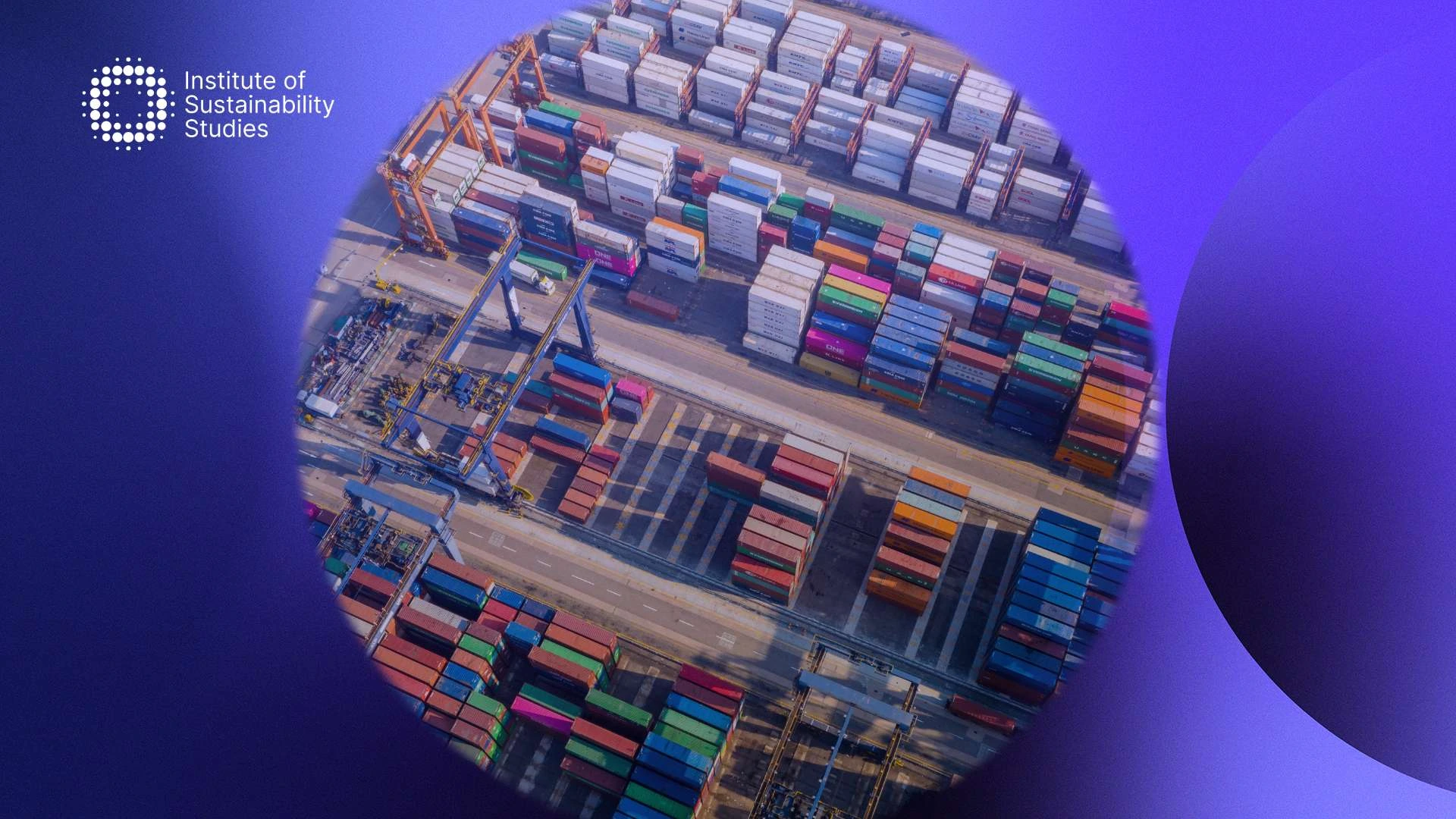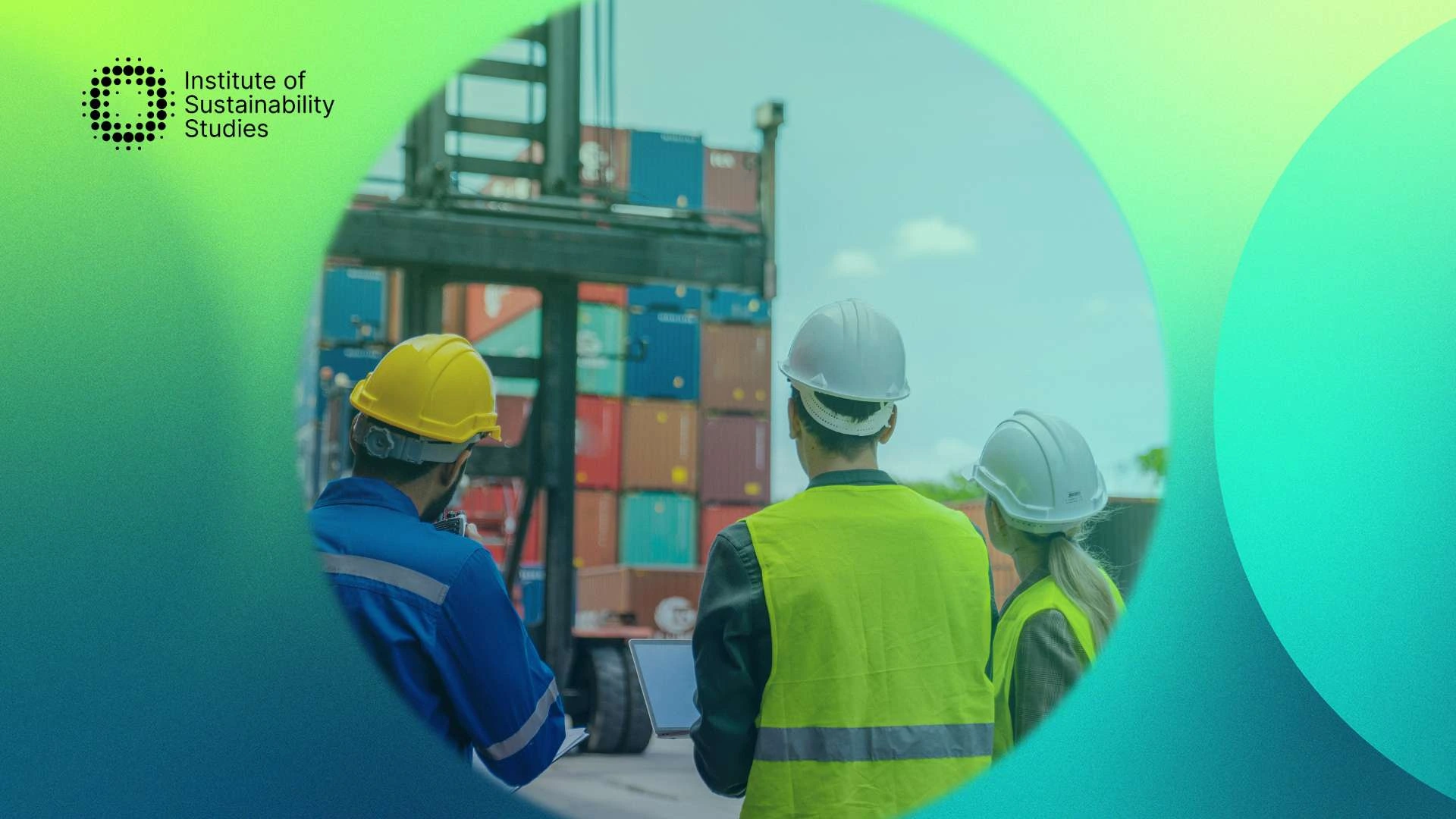Carbon literacy has never been more important as we realise the need to limit human-caused global warming to achieve net-zero emissions. Businesses play an important role in helping us reduce global emissions and carbon literacy is critical to understanding what steps they need to take.
Carbon literacy is more than just an awareness of climate change; it equips organisations with the knowledge and tools they need to make informed decisions that contribute to emissions reductions.
The business case for carbon literacy is compelling, and carbon-literate companies are better positioned to navigate the evolving and complex sustainability landscape. Keep reading to learn more about what carbon literacy is and why it is so pivotal for accelerating business sustainability efforts.
What is carbon literacy?
Carbon literacy is defined as having an awareness and understanding of the carbon dioxide emissions generated by human activities and how these contribute to climate change. It involves comprehending the impact of everyday actions on carbon emissions and knowing how to reduce them both individually and within organisations.
Carbon literacy equips individuals and organisations with the knowledge to make more informed decisions that minimise their carbon footprint, promote sustainability, and contribute to broader sustainability objectives. It also encompasses skills in communicating climate change impacts and driving behaviour change towards lower-carbon practices and lifestyles.
Why carbon literacy is essential in business
Carbon literacy is pivotal in business because it empowers organisations to understand, manage, and minimise their carbon footprint. Below are some reasons why climate literacy is critical:
- Regulatory compliance: With increasing regulations and reporting requirements, such as the Corporate Sustainability Reporting Directive (CSRD), businesses must accurately track and report their carbon emissions. Carbon literacy ensures companies are prepared for these demands.
- Cost efficiency: Understanding carbon emissions allows businesses to identify inefficiencies and reduce energy consumption, resulting in cost savings.
- Competitive advantage: Consumers and investors increasingly favour sustainable businesses. Therefore, carbon-literate companies can differentiate themselves by showcasing strong environmental responsibility.
- Risk management: It helps businesses anticipate risks related to climate change, such as supply chain disruptions or regulatory penalties, allowing them to adapt and build resilience.
- Employee engagement: Educating employees about carbon reduction fosters a culture of sustainability, empowering teams to contribute to climate action and corporate responsibility goals.
How to improve carbon literacy
Improving carbon literacy within a business involves raising awareness, providing education, and fostering a culture of sustainability. Below are some steps organisations can take to improve employee’s understanding of emissions and climate change:
1. Offer training to employees
Enrol your employees in courses that cover the fundamentals of carbon emissions, their impact on climate change, and the role businesses play in reducing emissions. At the Institute of Sustainability Studies, we offer an online and self-paced Certificate in Decarbonisation: Achieving Net Zero course. Throughout the course, participants develop carbon literacy, gain an understanding of climate impacts, and learn strategies to reduce their organisation’s carbon footprint.
2. Measure your organisation’s carbon footprint
Conduct a thorough carbon footprint assessment of your organisation. This will help you to identify key areas where emissions are generated and as a result, increase understanding of carbon emissions. Likewise, you will understand the importance of tracking your company’s carbon footprint and how certain actions can influence it.
3. Set clear reduction objectives
Set specific and measurable carbon reduction targets like reducing energy consumption or increasing the use of renewable energy sources. Make these goals transparent and ensure each department and employee understands their role in achieving them.
4. Drive employee engagement
Foster employee-driven sustainability initiatives like green teams or task forces focused on carbon reduction projects within the organisation. Build a platform or create a space where employees can share ideas on reducing carbon emissions and enhancing sustainability practices.
5. Embed it into decision-making processes
Ensure carbon literacy is incorporated into decision-making processes, with sustainability considerations becoming part of routine business operations. Utilise carbon data and impact assessments when making decisions concerning procurement, logistics, and product development.
6. Leverage tools and collaborate with external partners
Leverage carbon tracking tools and dashboards to give employees real-time feedback on energy use, emissions, and progress toward reduction goals. Moreover, engage with suppliers, customers, and other stakeholders to promote carbon literacy throughout your supply chain.
Conclusion
Businesses must prioritise becoming carbon-literate to not only comply with increasing regulations but also to stay competitive, reduce costs, and mitigate risks associated with climate change.
By investing in the right education, companies can upskill their workforce and equip them with the knowledge and tools necessary to drive meaningful climate action. Now more than ever, fostering a culture of carbon literacy is essential for businesses aiming to succeed in a low-carbon economy.










